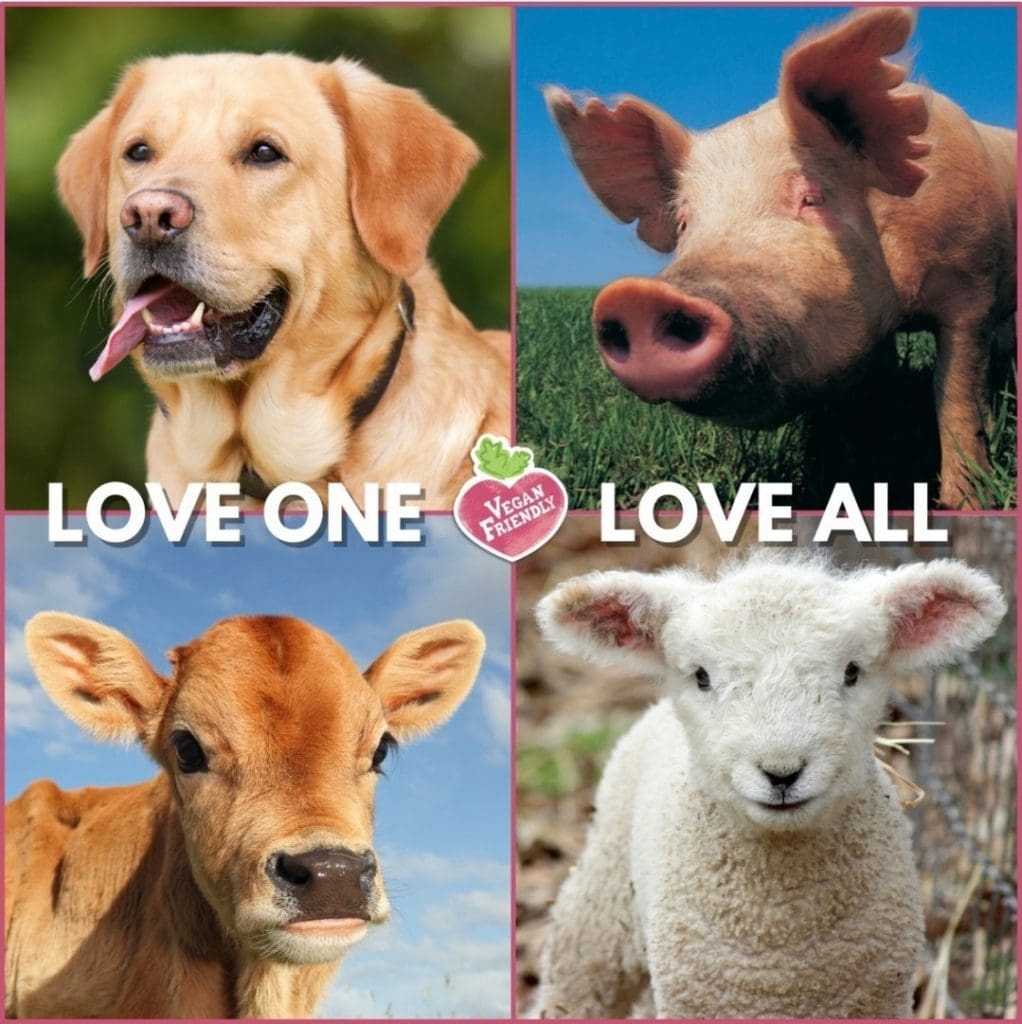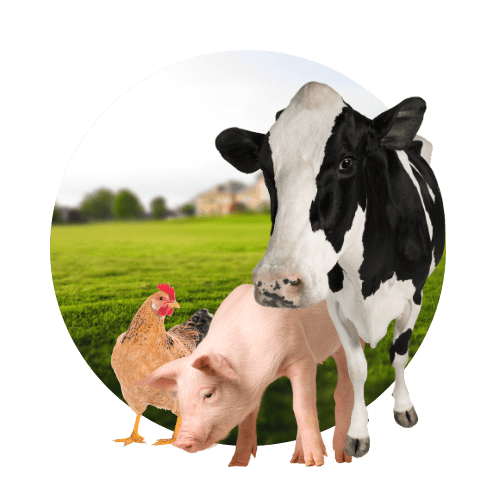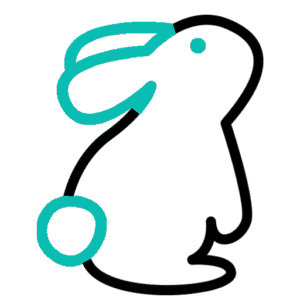Humans have had a complex and often contradictory relationship with animals throughout history. From domesticating pets for companionship to raising livestock for food, our interactions with animals have been shaped by a variety of factors such as cultural beliefs, economic needs, and personal preferences. While some animals are treated with love and affection, others are viewed merely as a source of sustenance. This paradoxical relationship has sparked debates and raised ethical questions about our treatment of animals. In this article, we will delve deeper into this contradictory relationship and explore how our attitudes and actions towards animals have evolved over time. We will also examine the impact of our treatment of animals on the environment, our health, and the well-being of both humans and animals. By examining this complex dynamic, we can gain a better understanding of our role as caretakers of the animal kingdom and the implications of our contradictory behaviors towards animals.

Contradictions in our animal relationships
Questioning why society cherishes some animals as pets while commodifying others for food, examining cultural norms and ethical inconsistencies reveals the complex and contradictory nature of our relationship with animals. On one hand, we invite dogs and cats into our homes, treat them as family members, and shower them with love and care. Yet, on the other hand, we confine cows, pigs, and chickens in factory farms, subjecting them to inhumane conditions and ultimately using them for food. These contradictions highlight the arbitrary distinctions we make in determining which animals are worthy of compassion and which are merely commodities. It forces us to confront our own deeply ingrained biases and societal norms that shape our perception of animals and their value in our lives.
Questioning societal pet preferences
The concept of questioning societal pet preferences delves into the underlying reasons and beliefs that drive our choices in selecting certain animals as pets while disregarding or even exploiting others. It prompts us to examine how cultural norms, personal biases, and ethical inconsistencies shape our perception and treatment of animals. Society often cherishes companion animals like dogs and cats, valuing their companionship and emotional connection. However, this preference for certain animals as pets raises important questions about why we assign different levels of worth and compassion to different species. By exploring these societal pet preferences, we can gain a deeper understanding of the complex dynamics and contradictions within our relationship with animals, leading to important conversations surrounding ethical treatment and our responsibilities as caregivers and stewards of the animal kingdom.
Exploring cultural norms and ethics
When exploring cultural norms and ethics, it becomes evident that our treatment of animals extends beyond the realm of pets and delves into the complex web of contradictions surrounding our relationship with animals. From the way we commodify certain species for food to the ethical inconsistencies that arise, it is essential to question and critically examine these societal norms. By doing so, we can shed light on the underlying values, beliefs, and biases that shape our attitudes towards animals and challenge the ethical dilemmas that arise when considering their welfare. Exploring cultural norms and ethics allows us to navigate the complexities of our contradictory relationship with animals and strive towards a more compassionate and harmonious coexistence.

Dichotomy between pets and livestock
The dichotomy between pets and livestock is a prominent aspect of our contradictory relationship with animals. While society cherishes certain animals as beloved pets, providing them with care, companionship, and even legal protection, others are commodified and raised solely for the purpose of consumption. This stark division raises important questions about the ethical inconsistencies that underlie our treatment of animals. Why is it that we form emotional bonds with our pets, considering them members of our families, while simultaneously viewing livestock as mere commodities? Is it purely cultural norms and conditioning, or are there deeper psychological and sociological factors at play? By critically examining this dichotomy, we can gain a better understanding of the values and biases that shape our attitudes towards animals and foster a more compassionate and morally consistent approach to our treatment of all living beings.
Examining our contradictory treatment
Questioning why society cherishes some animals as pets while commodifying others for food, examining cultural norms and ethical inconsistencies is essential in understanding our contradictory treatment of animals. This conflicting approach towards animals raises concerns about the underlying values and beliefs that shape our behavior. Is it simply a matter of cultural conditioning or are there deeper psychological and sociological factors at play? Exploring the reasons behind this disparity can lead us to reflect on our own biases and challenge societal norms that perpetuate the commodification of certain animals. Through critical examination, we can strive for a more compassionate and morally consistent approach to our treatment of all animals, recognizing their inherent worth and respecting their right to a life free from exploitation. By addressing these contradictions, we can foster a more harmonious and ethical relationship with the diverse creatures that share our planet.
Why some animals are cherished
One reason why some animals are cherished is their perceived companionship and ability to provide emotional support. Pets, such as dogs and cats, have long been valued for their loyalty, affection, and the comfort they bring to our lives. The bond between humans and these animals has been cultivated over centuries, leading to a deep sense of connection and love. Furthermore, animals like dolphins and horses are also cherished for their intelligence and their therapeutic value in activities like animal-assisted therapy. These animals have been shown to positively impact mental and emotional well-being, making them highly valued members of our society.
Additionally, certain animals are cherished for their aesthetic appeal and the joy they bring through their beauty and uniqueness. Exotic animals like peacocks, flamingos, and butterflies are admired for their vibrant colors and graceful movements. These animals often symbolize beauty, grace, and harmony, captivating our senses and stirring our admiration. Moreover, endangered species like pandas and tigers are cherished because of their rarity, and efforts are made to protect and preserve these magnificent creatures for future generations.
Cultural and religious beliefs also play a significant role in why certain animals are cherished. In many cultures, cows are considered sacred and are revered for their association with deities or as symbols of fertility and abundance. Similarly, animals like elephants hold deep cultural significance in some societies, representing strength, wisdom, and spirituality. These cultural beliefs shape the way animals are perceived and treated, leading to their elevated status and protection within those communities.
In conclusion, the reasons why some animals are cherished are multifaceted and influenced by various factors, including their companionship, aesthetic appeal, cultural significance, and therapeutic value. Examining these reasons allows us to understand the complexities of our contradictory relationship with animals and encourages us to question societal norms and ethical inconsistencies. Ultimately, striving for a more compassionate and morally consistent approach towards all animals should be our collective endeavor, ensuring their well-being and coexistence on our shared planet.
Others are commodified for food
Questioning why society cherishes some animals as pets while commodifying others for food reveals a complex web of cultural norms and ethical inconsistencies. The distinction between pets and livestock often stems from societal perceptions and historical traditions surrounding our relationship with animals. Certain species, such as dogs and cats, have been selectively bred over generations to become beloved companions, with their roles ingrained deeply in our societal fabric. Meanwhile, other animals, like cows, pigs, and chickens, have been raised and processed for their meat, milk, and eggs, forming the backbone of industrial agriculture. This disparity raises important ethical questions about the value we assign to different species and the inconsistencies in how we treat them. While cultural norms play a significant role in shaping our attitudes towards animals, it is crucial to critically examine and challenge these norms to ensure a more compassionate and equitable relationship with all creatures.
Ethical inconsistencies in our choices
When it comes to our choices regarding animals, ethical inconsistencies become apparent. We may shower affection upon our pets, treating them as family members, while simultaneously supporting industries that exploit and commodify other animals for food. This contradiction prompts us to question the principles and values that underpin our decisions. Is it morally justifiable to value the lives and well-being of certain animals while disregarding the suffering and inherent worth of others? The dissonance between the love and care we extend to our pets and the indifference shown towards animals raised for consumption necessitates a critical examination of our societal norms and ethical considerations. It is through this introspection and reflection that we can strive for a more coherent and compassionate approach to our relationship with all creatures.
Challenging societal beliefs and norms
As we delve deeper into the complexities of our contradictory relationship with animals, it becomes imperative to challenge societal beliefs and norms that perpetuate such inconsistencies. Questioning why society cherishes some animals as beloved pets while commodifying others for food is an essential step towards unraveling these ingrained patterns of behavior. By examining cultural norms and ethical inconsistencies, we can begin to uncover the underlying biases and prejudices that have shaped our views on animals. Challenging these beliefs allows us to question the arbitrary distinctions we make between animals deserving of love, respect, and protection, and those deemed suitable for consumption. It prompts us to critically analyze the values and principles that guide our interactions with different species, and encourages us to strive for a more ethical and compassionate approach to our treatment of all sentient beings.
Reflecting on our treatment of animals
When reflecting on our treatment of animals, it is crucial to consider the ethical implications of our actions. Our society often exhibits a stark contradiction in how we value and interact with different animals. While we shower our pets with love and care, treating them as cherished members of our families, we simultaneously subject other animals to a life of confinement, exploitation, and ultimately, slaughter for consumption. This disparity raises important questions about the fairness and consistency of our moral compass. Are we truly being ethical when we selectively choose which animals we deem worthy of compassion and which ones we view as mere commodities? It is essential to examine our cultural norms and challenge the ethical inconsistencies that underpin our treatment of animals. By doing so, we can strive for a more harmonious and compassionate coexistence with all living beings, promoting empathy, respect, and justice for animals, regardless of their designated roles in our society.
In conclusion, our relationship with animals is complex and often contradictory. While we may see some animals as beloved pets, we also exploit and consume others as livestock. This disconnect highlights the need for further examination of our attitudes and treatment towards animals and the impact it has on both them and our society. As we continue to evolve and understand the importance of animal welfare, it is essential that we strive to build a more compassionate and ethical relationship with all creatures, big and small. Only then can we truly live in harmony with the natural world and its inhabitants.

FAQ
How does our treatment of pets differ from our treatment of livestock, and what factors contribute to this discrepancy?
Pets are often seen as companions and members of the family, while livestock are primarily viewed as sources of food or resources. This difference in treatment is influenced by cultural beliefs, societal norms, and emotional connections to pets. Pets are typically given more attention, care, and protection due to their perceived closeness to humans, while livestock are often raised in a utilitarian manner for economic purposes. The emotional bond between humans and pets, as well as the lack of such connection with livestock, plays a significant role in the varying treatment of these animals.
In what ways do cultural and societal norms influence our perception of animals as either companions or commodities?
Cultural and societal norms shape our perception of animals by defining their roles as companions or commodities. For example, in some cultures, animals are seen as loyal companions and are often considered part of the family, while in others they are viewed as resources for food, labor, or other utilitarian purposes. These norms impact how we interact with and value animals, influencing our emotional connection and treatment towards them based on societal expectations and beliefs. Ultimately, cultural and societal norms play a significant role in determining whether animals are regarded as companions or commodities in our lives.
What ethical considerations should be taken into account when deciding how to interact with animals, whether as pets or livestock?
When interacting with animals as pets or livestock, ethical considerations should include ensuring proper care, respect for their well-being, and the promotion of their physical and mental health. It is important to provide adequate shelter, nutrition, and medical care, as well as to avoid causing unnecessary harm or suffering. Additionally, understanding and honoring their natural behaviors and instincts, allowing for freedom of movement, and fostering positive human-animal relationships are crucial ethical considerations in animal interactions. Overall, treating animals with kindness, compassion, and dignity should be the guiding principles in ethical decision-making involving animals.
How do our emotional attachments to pets impact our attitudes towards the treatment of livestock animals in the food industry?
Our emotional attachments to pets can influence our attitudes towards the treatment of livestock animals in the food industry by fostering empathy and compassion for all animals. When we see the individuality and value in our pets, we may also extend that empathy to livestock animals, leading us to advocate for better welfare standards and more ethical treatment in the food industry. This emotional connection can drive us to seek out more humane and sustainable farming practices, ultimately shaping our perspectives on how animals are treated and cared for in the food production system.
Are there any potential solutions or strategies for reconciling our contradictory relationship with animals, balancing the roles of pets and livestock in our lives?
One potential solution is promoting education and awareness about animal welfare, encouraging responsible pet ownership and ethical treatment of livestock. By fostering a culture of respect and compassion towards all animals, we can work towards finding a balance between the roles of pets and livestock in our lives. Additionally, supporting sustainable farming practices and advocating for humane treatment of animals in agriculture can help reconcile our contradictory relationship with animals. Ultimately, it requires a shift in mindset towards viewing animals as sentient beings deserving of care and consideration in both pet and livestock contexts.















































